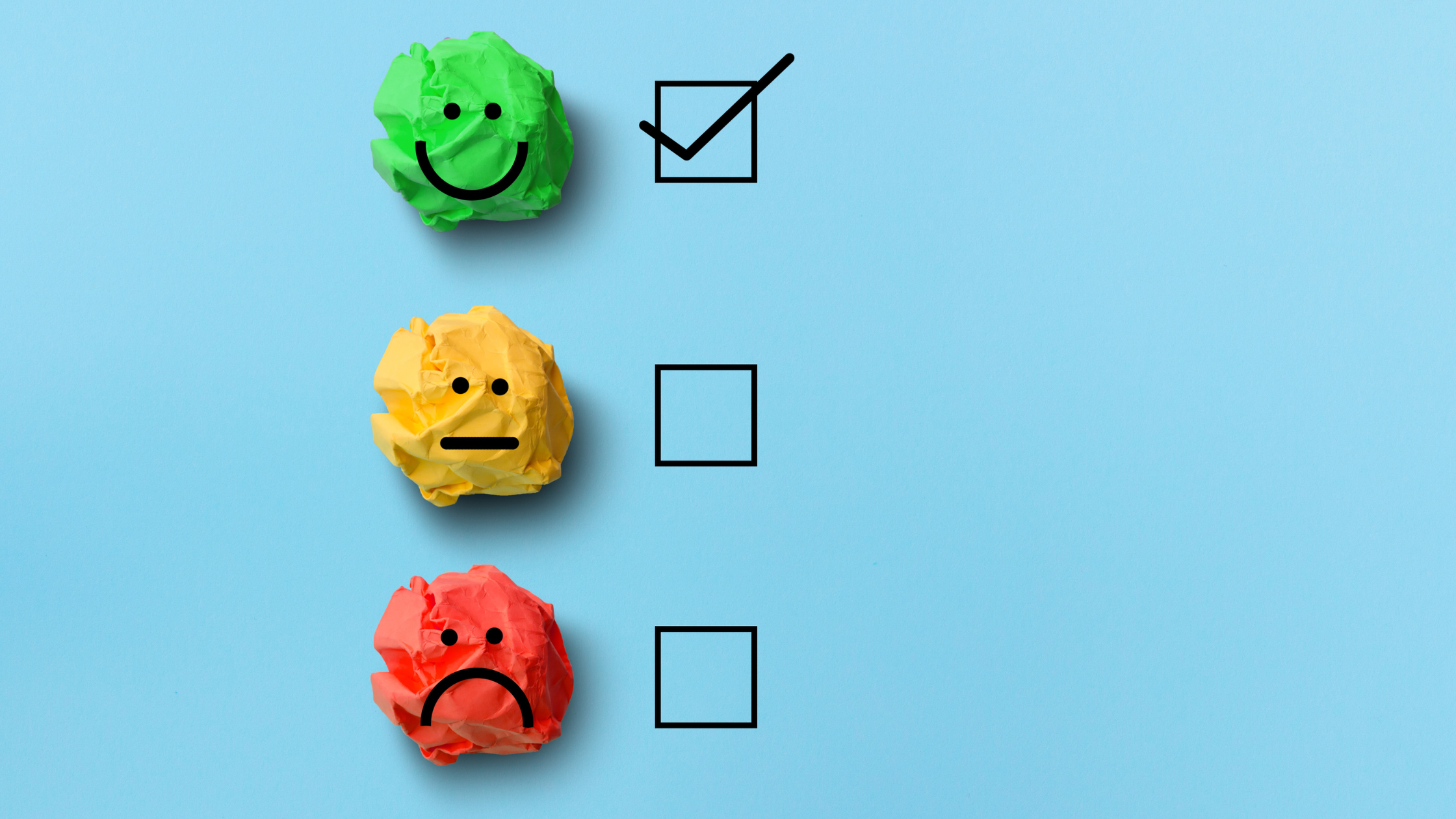The Importance of Understanding Engagement Differences Across Career Levels
June 11, 2024
|
5 min read
.jpg)
One of the challenges in addressing employee engagement is that it can vary across different career levels. Organizations are often surprised when they discover that employees at different stages in their careers have different levels of engagement.
What motivates and engages a newly hired employee is different from what engages a mid-career professional, who is in turn different from what engages a senior executive.
HR professionals and organizational leaders need to understand the different engagement drivers that contribute to employee engagement at each stage of a person's career, and tailor their engagement initiatives accordingly.
Newly hired employees are often motivated by the opportunity to learn and grow. They want to be challenged and given the opportunity to stretch themselves. They are also motivated by the opportunity to make a difference and have an impact on the organization.
Mid-career professionals are typically motivated by different things. They are often looking for more balance in their lives, and may in some cases be more interested in work-life balance than in career advancement. They may also be motivated by the opportunity to make a difference in the organization, but at this stage in their careers they are more likely to be focused on impactful work that is also personally meaningful.
Senior executives are typically motivated by the opportunity to have a strategic impact on the organization. They want to be able to shape the direction of the organization and have a say in major decisions. They are also motivated by the opportunity to make a difference in the world, and may be more interested in social impact than in financial gain.
Engagement data scores across career levels
And while HR leaders need to understand the motivations of employees at each stage of their careers, it’s important to start with the data. The first step is to collect data on engagement levels across the organization.
Employee engagement platforms like Engagesoft enable you to survey your organizations and analyze all engagement drivers across career levels. Once engagement data has been collected, the platform analyzes it to see how engagement levels vary across different career levels.
When looking at the data, it’s important to keep in mind that there will always be some variation in engagement levels across different career levels. This is to be expected, and is not necessarily a cause for concern.
What is cause for concern is if there is a significant difference in engagement levels between different career levels. For example, if engagement levels are significantly higher for newly hired employees than for mid-career professionals, this could be a cause for concern.
Similarly, if there is a significant difference in certain drivers across career levels then this may also be something that you will need to consider. For example, engagement drivers such as feedback, recognition, and understanding of company’s strategy should be relatively consistent across career levels.
Once the cause of the difference in engagement levels has been identified, it’s important to take action to address the issue. This may involve changes to the way that the organization operates, or it may involve changes to the way that engagement initiatives are designed and implemented.
Conclusion
HR professionals and organizational leaders need to understand the different factors that contribute to employee engagement at each stage of a person's career, and tailor their engagement initiatives accordingly.
When designing engagement initiatives, it’s important to start with the data. Employee engagement platforms like Engagesoft enable you to collect and analyze data on engagement levels across different career levels. This data can then be used to identify areas of concern, and to design and implement engagement initiatives that address these issues.

.jpg)
.jpg)
.jpg)
%20Uncategorized%20The%20Evolving%20Role%20of%20HR%20in%20the%20Future%20of%20Work.svg)
%20(4).svg)
%20(5).svg)
